Với xe trượt dưới nước, người lặn thường chia thành hai nhóm: không sở hữu chiếc nào, hoặc sở hữu chín chiếc. Đây không chỉ là một câu đùa. Người lặn "chín chiếc" thấy chúng quá cần thiết đến mức họ cất giữ chúng ở các điểm lặn quan trọng để khám phá các xác tàu lớn chỉ với một bình khí. Điều này làm nổi bật cuộc tranh luận chính: liệu những chiếc máy này có phải là công cụ thay đổi cuộc chơi, hay chỉ là—như nhóm "không chiếc" ngầm tin—những gánh nặng đắt đỏ, khó bảo trì? Câu hỏi thực sự là, bạn sẽ thuộc nhóm nào?
Ưu điểm của Xe trượt dưới nước: Tại sao ai đó lại sở hữu chín chiếc
Điều gì biến một chiếc xe trượt dưới nước từ "gánh nặng bảo trì cao" thành một "công cụ thay đổi cuộc chơi" mà ai đó sẽ mua đến chín chiếc? Câu trả lời không chỉ là "vui." Đó là một tập hợp các lợi thế mạnh mẽ, thiết thực mà, đối với người phù hợp, thay đổi căn bản những gì có thể làm được khi lặn.
1. Giảm đáng kể lượng khí tiêu thụ
Đây là lợi ích quan trọng nhất đối với người lặn scuba. Bằng cách thay thế việc đạp chân vất vả bằng động cơ, sự tiêu hao thể lực của bạn giảm mạnh. Điều này trực tiếp làm giảm tỷ lệ tiêu thụ khí (SAC), cho phép bình khí của bạn kéo dài đáng kể và mở rộng thời gian lặn không giảm áp.
2. Kết hợp hai điểm lặn thành một chuyến đi
Một DPV mở rộng đáng kể phạm vi hiệu quả của bạn. Những địa điểm trước đây cần hai lần lặn riêng biệt — như tàu đắm lớn và hệ sinh thái rạn san hô gần đó — thường có thể được khám phá hoàn toàn chỉ với một bình khí. Điều này đặc biệt đúng với lặn gần bờ, biến quãng bơi 300 mét đến điểm thả xuống từ một việc vất vả thành một chuyến đi hai phút.
3. Di chuyển nhanh hơn với ít nỗ lực hơn
Ngoài cảm giác phấn khích đơn thuần, xe scooter dưới nước còn cung cấp tốc độ hữu dụng. Bạn có thể sử dụng chế độ đi chậm 1 m/s (2,2 mph) để quan sát kỹ một rạn san hô hoặc chuyển sang tốc độ cao hơn (như 2 m/s, hay 4,5 mph của Sublue Navbow) để nhanh chóng đến điểm thú vị tiếp theo, tất cả trong khi gần như không tốn sức.
4. Giúp nhiều người tiếp cận lặn hơn
Đối với những người có sức bền hạn chế, sức bơi yếu hoặc gặp khó khăn về vận động, một chiếc xe scooter dưới nước là công cụ giúp cân bằng mạnh mẽ. Nó cung cấp lực đẩy cần thiết để họ có thể tham gia khám phá dưới nước cùng bạn bè và gia đình một cách thoải mái và an toàn.
5. Vượt qua các dòng chảy mệt mỏi
Bơi ngược dòng ngay cả khi dòng chảy nhẹ cũng làm bạn nhanh chóng kiệt sức và cạn kiệt không khí. Một chiếc scooter cung cấp lực đẩy liên tục, đáng tin cậy để cắt qua các dòng chảy vừa phải, giúp bạn tuân thủ kế hoạch lặn và trở về điểm xuất phát mà không phải vật lộn mệt mỏi.
Nhược điểm của Xe Scooter dưới nước: Tại sao chúng là "không phù hợp" với một số người
Những lợi ích rất hấp dẫn, nhưng đi kèm với những đánh đổi thực tế đáng kể. Đây là những gánh nặng thực tế và nguy hiểm mới khiến hầu hết thợ lặn — nhóm "không dùng scooter" — do dự.
1. Chi phí mua & pin cao
Một DPV đáng tin cậy cho lặn ngoài biển mở rất đắt, thường bắt đầu từ trên 1.000 đô la. Điều này chưa bao gồm chi phí cao của vật tư tiêu hao chính: pin. Vài năm sau, một pin thay thế chính hãng có thể đắt đến mức gây sốc, đôi khi có giá bằng một chiếc xe scooter cấp nhập môn mới.
2. Hạn chế khi đi máy bay & Kích thước cồng kềnh
Đây là trở ngại lớn nhất về mặt hậu cần. Xe scooter dưới nước nặng và cồng kềnh khi vận chuyển (từ 4,5kg đến hơn 8,5kg). Tệ hơn, pin lithium-ion lớn của chúng bị cấm mang lên máy bay chở khách. Điều này buộc bạn phải tìm một mẫu có pin nhỏ hơn, có thể tháo rời và tuân thủ quy định hàng không hoặc để nó ở nhà.
3. Thời Gian Hoạt Động Có Giới Hạn & Lập Kế Hoạch Lặn
Tuổi thọ pin có giới hạn và giảm mạnh ở tốc độ cao (ví dụ, giảm từ 60 phút ở tốc độ thấp xuống chỉ còn 18 phút ở tốc độ cao). Bạn phải lên kế hoạch lặn dựa trên pin, giữ đủ năng lượng cho chuyến về và các trường hợp khẩn cấp. Khi pin hết, nó trở thành vật nặng bạn phải kéo theo.
4. Bảo Trì Hàng Ngày Nghiêm Ngặt
Giống như bộ điều chỉnh, một chiếc xe scooter dưới nước cần được chăm sóc. Nó phải được rửa kỹ bằng nước ngọt sau mỗi lần lặn để ngăn muối và cát làm hỏng các vòng đệm và động cơ.

Ai Thực Sự Nên Mua Xe Scooter Dưới Nước?
Vậy, làm sao bạn biết mình sẽ thuộc nhóm "nghiện chín xe scooter" hay nhóm "hối tiếc không có xe scooter"? Tất cả phụ thuộc hoàn toàn vào nhu cầu chính của bạn. Người dùng khác nhau cần những thiết bị hoàn toàn khác nhau.
Người Lặn Snorkel Thông Thường / Gia Đình
Nhu Cầu Chính: Vui chơi an toàn, dễ sử dụng trên mặt nước.
Tính Năng Chính: Giá thấp hơn, bảo vệ cánh quạt chắc chắn để an toàn, điều khiển đơn giản (thường chỉ một tốc độ), và độ nổi dương để thiết bị nổi lên nếu bạn buông tay.
Thợ Lặn Giải Trí & Thợ Lặn Tự Do
Nhu Cầu Chính: Khám phá hiệu quả các rạn san hô hoặc xác tàu trong giới hạn giải trí.
Tính Năng Chính: Độ sâu chịu được tốt (ví dụ, 40m / 131ft), độ nổi gần trung hòa để dễ dàng lơ lửng, nhiều chế độ tốc độ, và pin đáng tin cậy. Đây là loại "đa năng" cân bằng (ví dụ, Sublue Navbow).
Nhiếp Ảnh Gia/Quay Phim Dưới Nước
Nhu Cầu Chính: Di chuyển mượt mà, ổn định để quay phim ổn định, với một tay rảnh.
Tính Năng Chính: Độ nổi trung hòa hoàn hảo, giá đỡ camera tích hợp, và tùy chọn điều khiển bằng một tay (như bộ DTC) để tay còn lại có thể điều chỉnh camera.
Người Đam Mê Hiệu Suất Cao
Nhu Cầu Chính: Tốc độ và công suất tối đa.
Tính Năng Chính: Một động cơ lực đẩy cao (ví dụ, 21kgf / 46lbf), tốc độ tối đa trên 6 mph, và các tính năng tiên tiến như màn hình LCD hiển thị tốc độ và dữ liệu pin (ví dụ, Sublue Vapor).
Thợ lặn kỹ thuật & hang động
Nhu cầu chính: Độ tin cậy cực cao và khả năng tầm xa cho môi trường nguy hiểm.
Tính năng chính: Các mẫu "ngựa thồ" với kết cấu kim loại chắc chắn, thiết kế chịu lỗi, thời gian chạy cực dài và pin dung lượng cao có thể thay thế. Đối với nhóm này, DPV là thiết bị nhiệm vụ quan trọng, không phải đồ chơi.

Hãy giải quyết cuộc tranh luận "0 hay 9" của bạn!
Phán quyết "đáng giá" không phải lúc nào cũng chung cho tất cả. Một chiếc xe trượt là công cụ mạnh mẽ, nhưng đòi hỏi cam kết thực sự về chi phí, hậu cần đi lại và đào tạo an toàn. Đối với người dùng thông thường, nó là một sự xa xỉ vui vẻ; đối với thợ lặn nghiêm túc, nó là một bước ngoặt nếu lợi ích vượt trội so với những gánh nặng đáng kể. Chủ sở hữu "chín chiếc xe trượt" đơn giản đã quyết định rằng đối với nhu cầu cụ thể của họ, sự đánh đổi là xứng đáng. Quyết định cuối cùng phụ thuộc vào việc bạn có thực sự sẵn sàng làm điều tương tự hay không.
Các câu hỏi thường gặp về Xe trượt dưới nước
Q1: Xe trượt dưới nước có đáng để thử không?
Có, chắc chắn rồi. Đối với người phù hợp, chúng là công cụ thay đổi cuộc chơi. Đối với thợ lặn nghiêm túc, chúng kéo dài thời gian dưới đáy và cho phép bạn khám phá những khu vực rộng lớn mà chỉ dùng chân vịt không thể đến được. Đối với người lặn ngắm cá thông thường, chúng mang lại rất nhiều niềm vui và khám phá dễ dàng trong một ngày ở bãi biển. Mặc dù việc sở hữu một chiếc có nhiều phức tạp về hậu cần, trải nghiệm sử dụng nó gần như được đánh giá là rất đáng giá.
Q2: Tôi có cần đào tạo đặc biệt để sử dụng DPV cho lặn scuba không?
Có. Trong khi xe trượt biển rất dễ sử dụng cho việc lặn ngắm cá trên mặt nước, việc sử dụng nó ở độ sâu mang lại những rủi ro mới và đòi hỏi kỹ năng mới. Bạn phải học cách quản lý độ nổi khi di chuyển, tránh việc nổi lên nhanh nguy hiểm, và xử lý các sự cố tiềm ẩn như động cơ mất kiểm soát. Một khóa học chứng nhận chuyên môn (như khóa học DPV của PADI) là điều cần thiết cho bất kỳ thợ lặn scuba nào.
Q3: Làm thế nào để tôi có thể đi máy bay với xe trượt dưới nước của mình?
Đây là thách thức lớn nhất về mặt hậu cần. Hầu hết các hãng hàng không cấm pin lithium-ion lớn (thường là trên 160Wh) trong tất cả hành lý. Lựa chọn duy nhất của bạn là mua một chiếc xe trượt được thiết kế riêng cho việc đi du lịch, có pin nhỏ hơn, có thể tháo rời (thường dưới 100Wh) mà bạn phải mang theo trong hành lý xách tay. Luôn kiểm tra chính sách cụ thể của hãng hàng không trước khi bay.
Q4: Điều gì sẽ xảy ra nếu tôi buông tay khỏi xe trượt dưới nước?
Điều này hoàn toàn phụ thuộc vào độ nổi của mô hình. Xe trượt được thiết kế cho việc lặn ngắm cá thông thường thường có độ nổi dương, nghĩa là chúng sẽ nổi lên mặt nước. Hầu hết các DPV tiên tiến dành cho lặn scuba được thiết kế để trung hòa hoặc hơi âm ở độ sâu. Điều này cho phép thợ lặn "đậu" xe trượt (ví dụ, bằng cách kẹp nó vào một vòng D) để nó lơ lửng tại chỗ, giúp họ rảnh tay.

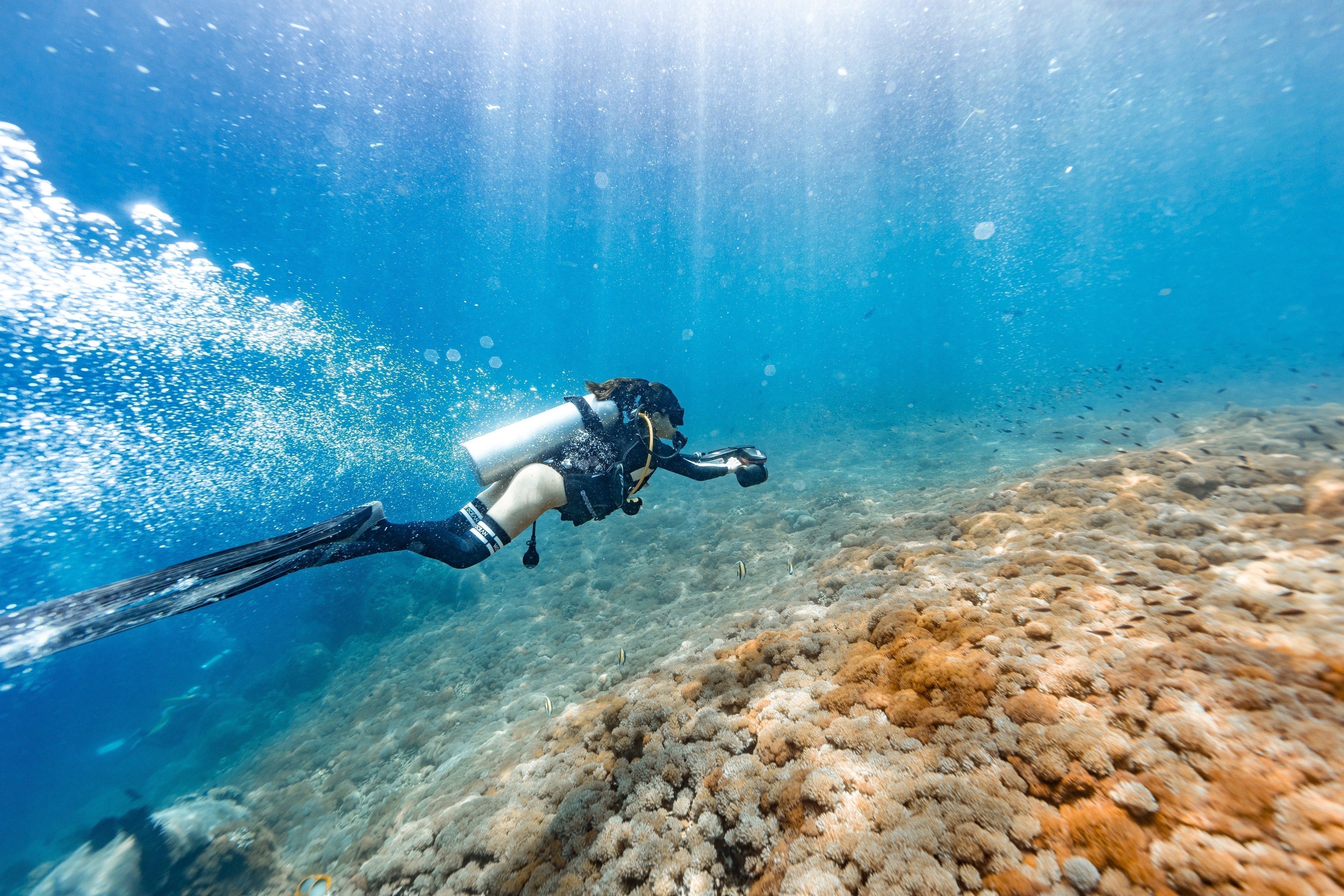


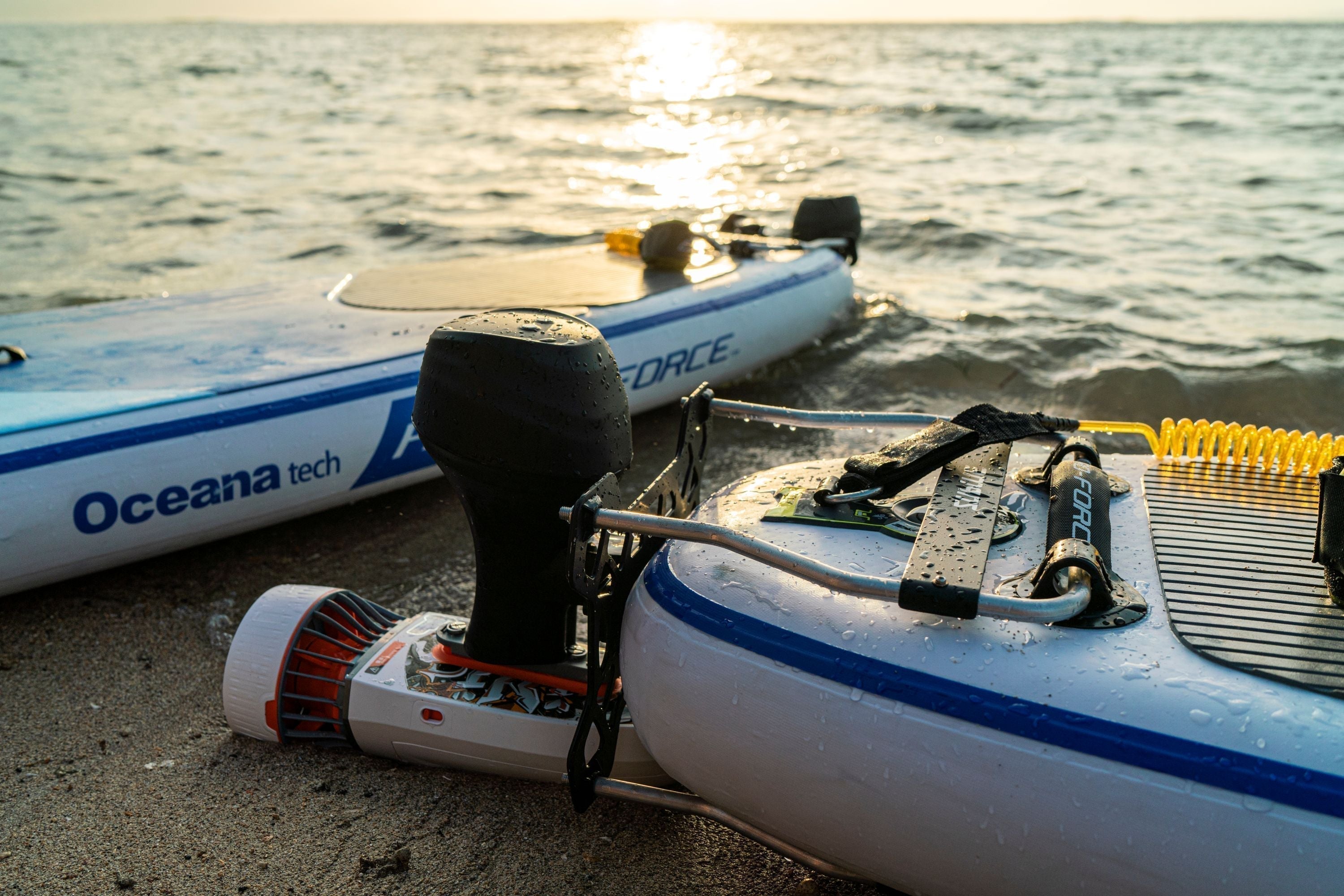
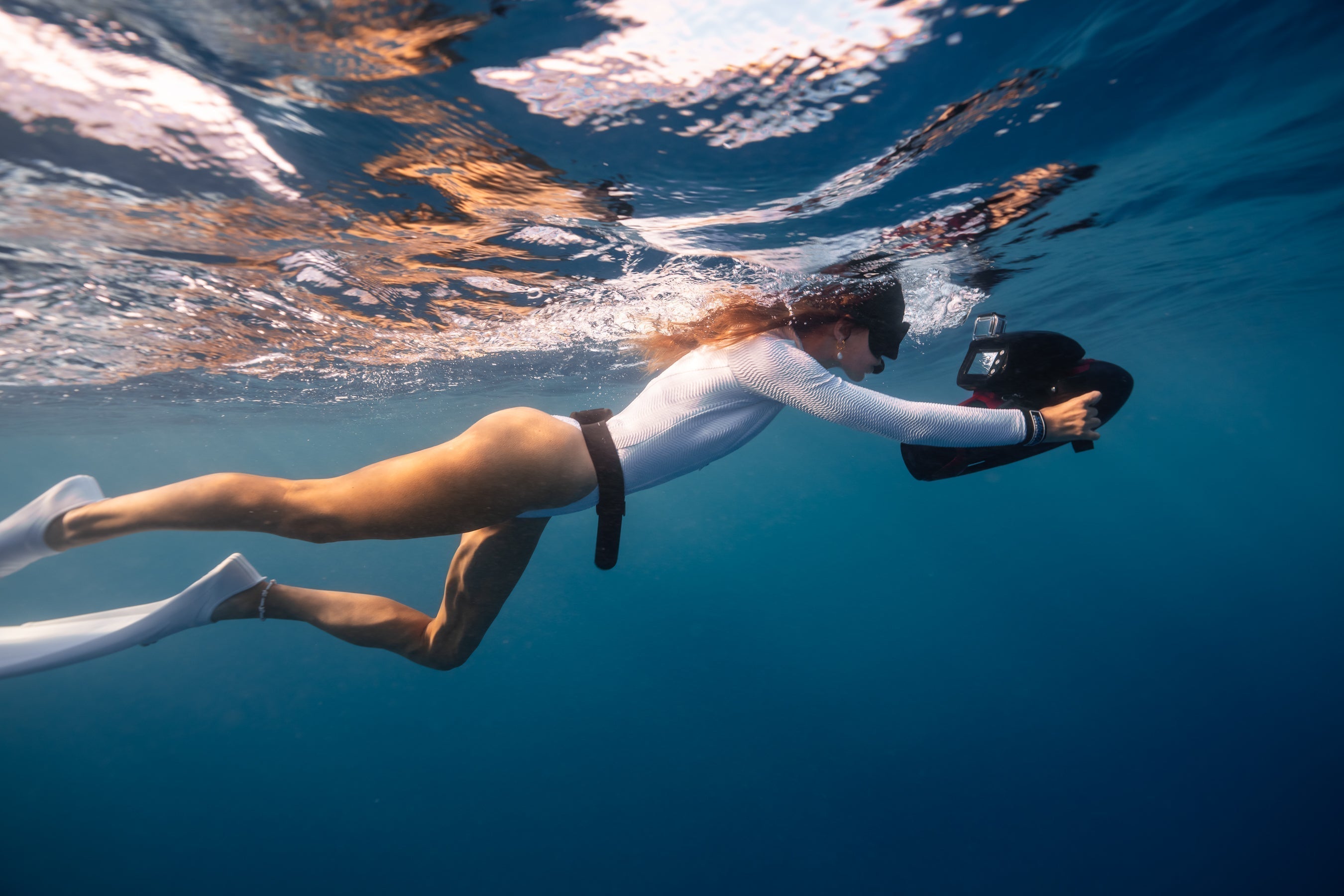


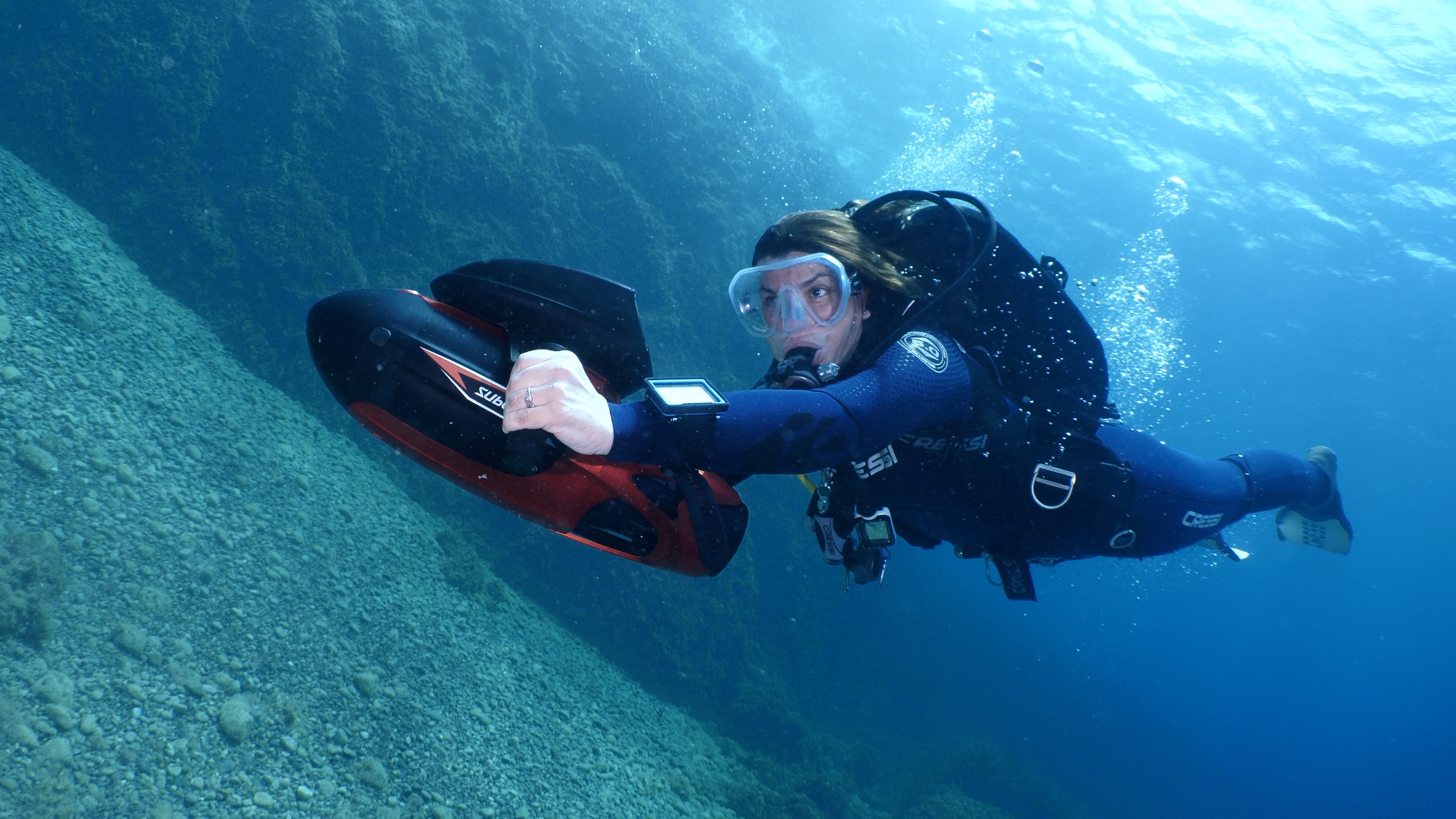
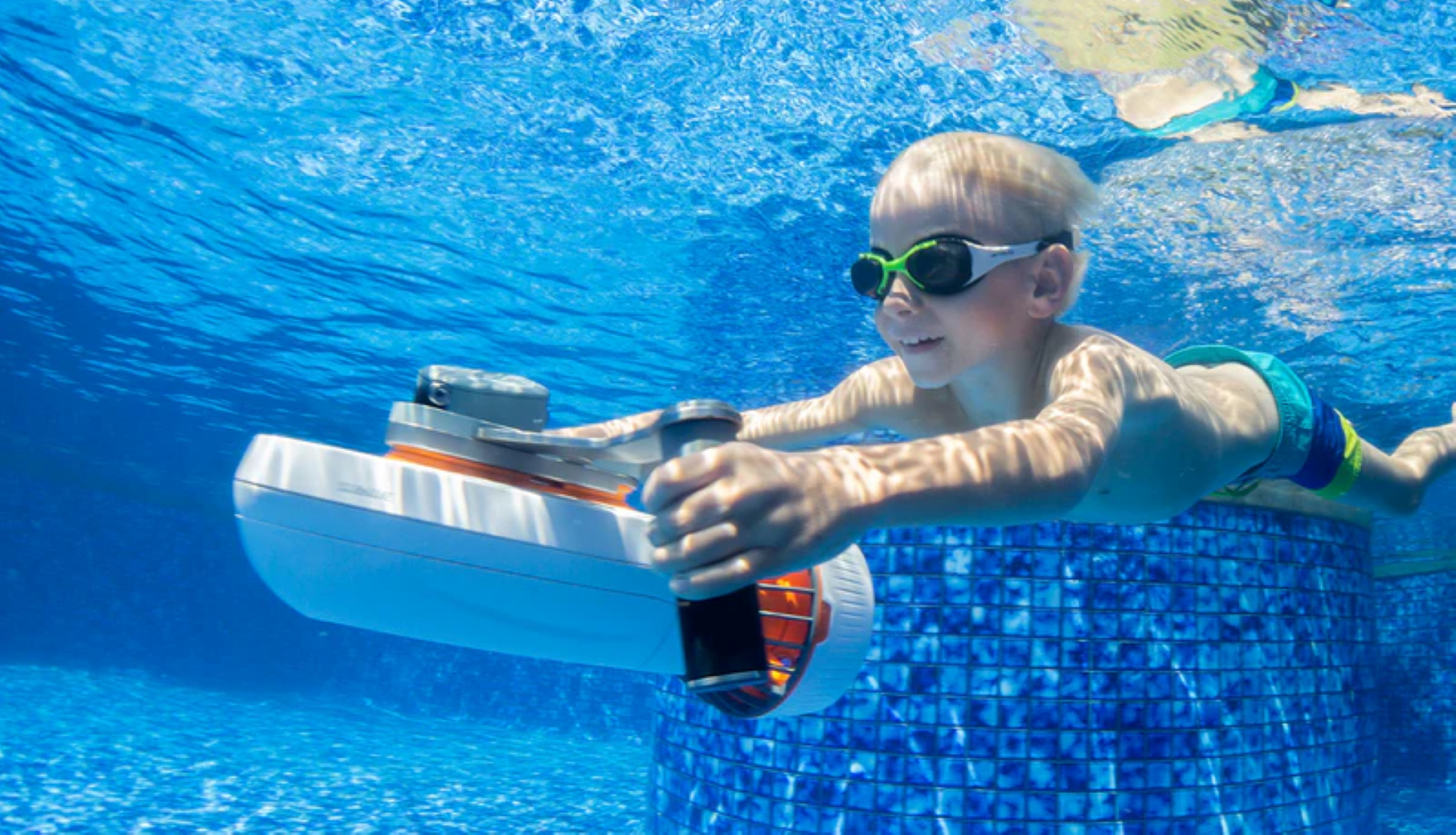
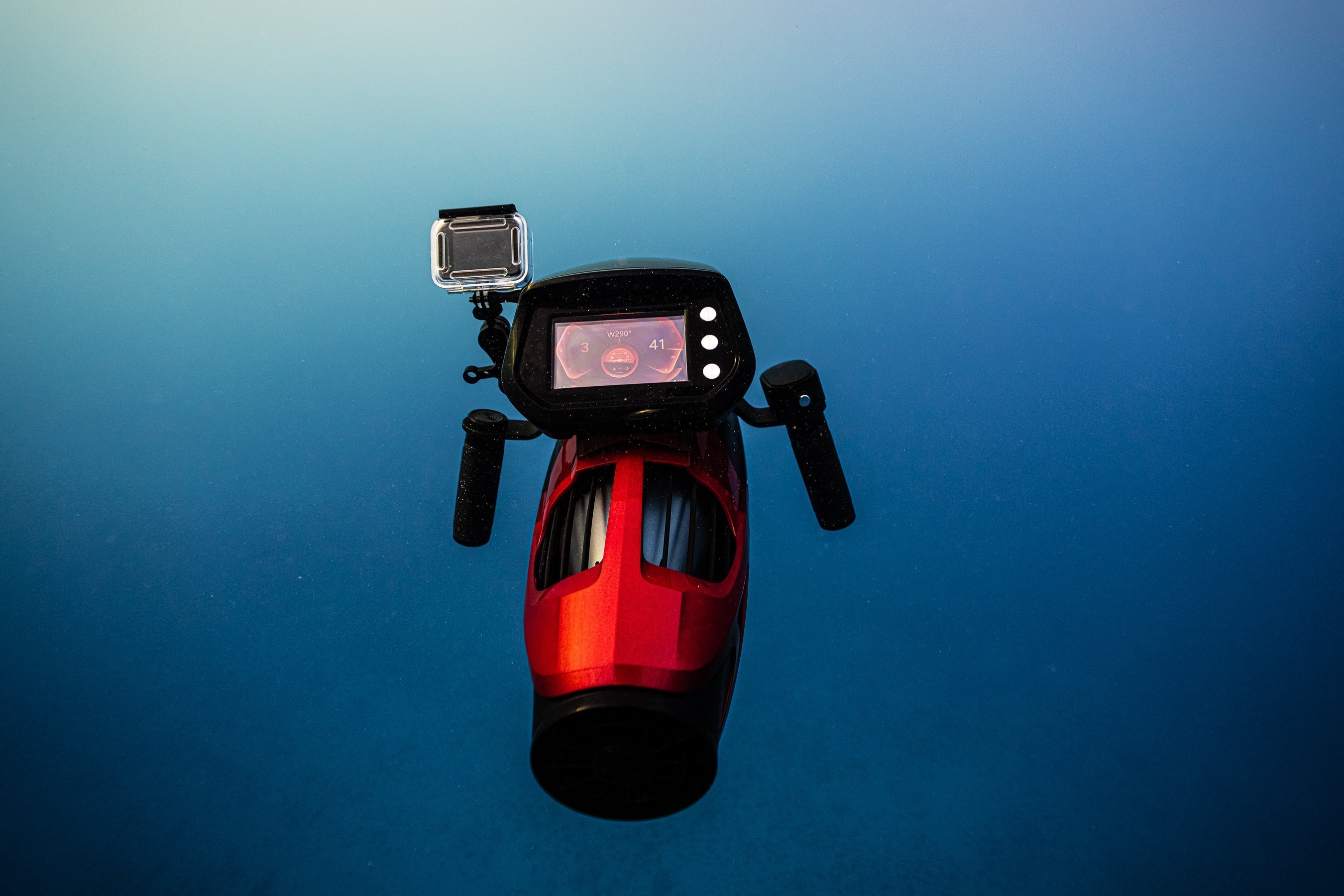
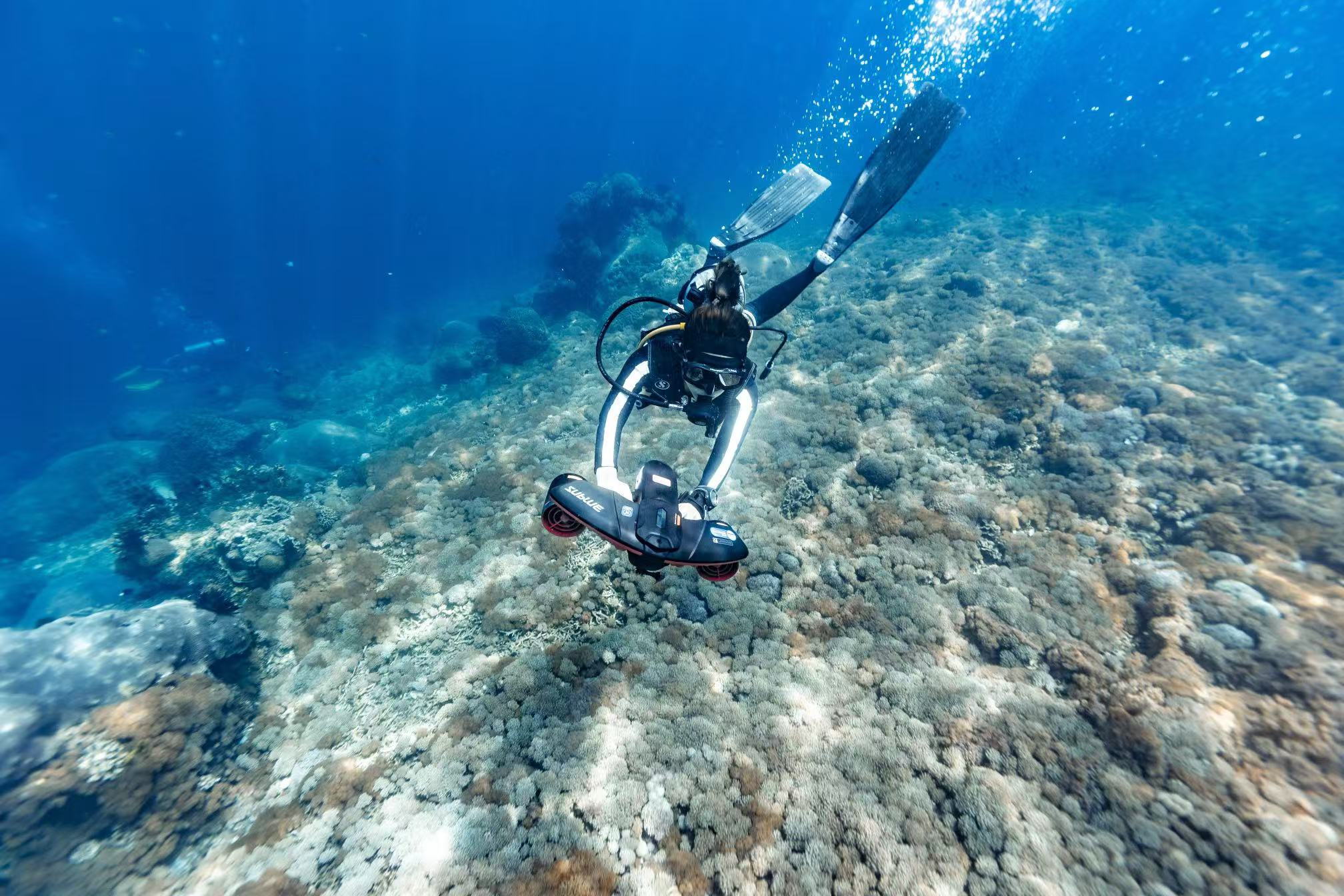
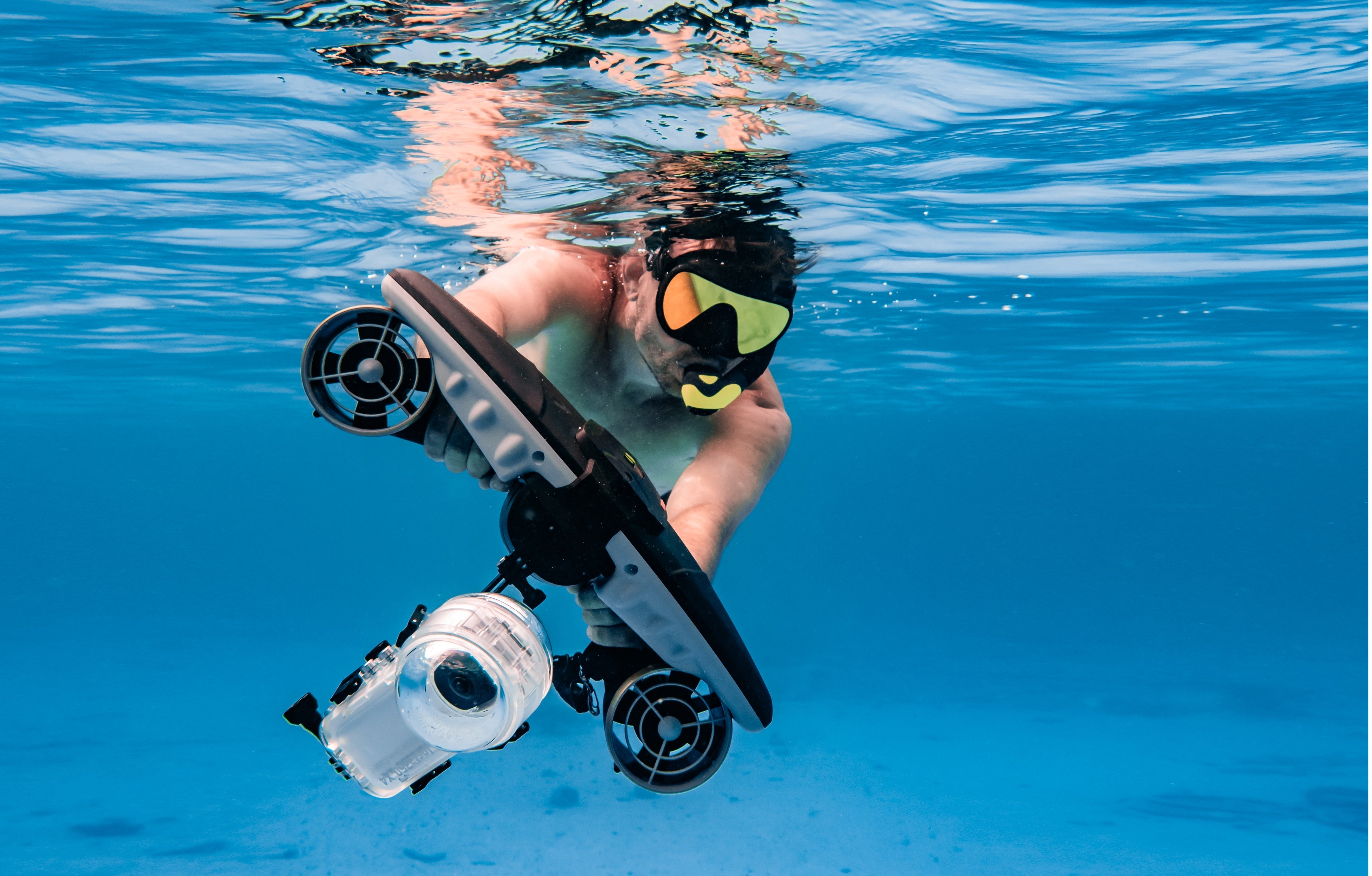


Chia sẻ:
Một số hoạt động dưới nước không thể bỏ qua dành cho trẻ em là gì?
Xe trượt nước "Thrust": Liệu Lớn Hơn Có Luôn Tốt Hơn?